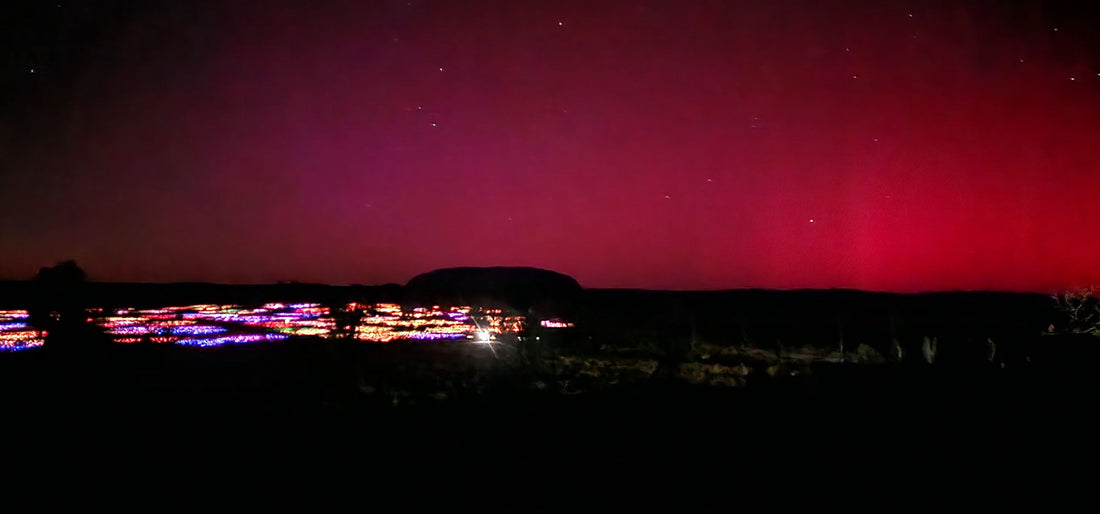
Why are the Northern Lights Green but the Southern ones Pink?
Share
The sight of a night sky ablaze with vibrant colours has captivated people for centuries. But why does the aurora borealis (northern lights) typically appear green, while its southern counterpart, the aurora australis (southern lights), sometimes displays a stunning pink hue? The answer lies in the fascinating interplay between Earth's atmosphere and energetic particles from the Sun.
Auroras occur when charged particles, primarily electrons and protons, from the Sun collide with atoms and molecules in Earth's upper atmosphere (thermosphere). These collisions excite the atmospheric gases, causing them to emit light at specific wavelengths, which our eyes perceive as colours.
The dominant colour in both auroras is green, primarily caused by excited oxygen atoms. When a high-energy particle strikes an oxygen atom, it boosts the atom's energy level to a higher state. As the atom relaxes back to its normal state, it releases a burst of light, most intensely at a green wavelength (around 557 nanometres). This is why the vibrant green is a defining characteristic of both auroras.
/https://tf-cmsv2-smithsonianmag-media.s3.amazonaws.com/filer/15/5e/155e80de-1120-4659-921d-1645fb981532/southern-lights-new-zealand.jpg)
However, while green reigns supreme, the aurora australis can sometimes showcase a captivating pink colour. This phenomenon is caused by excited nitrogen molecules. When a nitrogen molecule is energised by a solar particle, it can emit light at a violet-red wavelength (around 670 nanometres). However, our eyes perceive this combination as pink or pinkish-red.
The altitude at which the collisions occur plays a role in the colours displayed. Oxygen atoms are more abundant at lower altitudes (around 100-300 kilometres), while nitrogen tends to reside higher up (above 300 kilometres).
So, auroras with a strong green hue often occur at lower altitudes, while those with a pink tinge might be influenced by nitrogen at higher altitudes.
The intensity and colour of the aurora depend on the energy and composition of the incoming solar particles. Stronger geomagnetic storms, which channel more energetic particles towards Earth, can excite both oxygen and nitrogen molecules, leading to a more vibrant display with a mix of green and pink.
Whether it's the emerald glow of the north or the occasional pink shimmer of the south, auroras are a breathtaking reminder of the dynamic relationship between our Sun and Earth's atmosphere. So next time you witness the aurora, appreciate the delicate dance of particles and gases that paints the night sky in these otherworldly colours.





1 comment
Wondering if the earth being closer to the sun in the southern summer has anything to do with the different colours